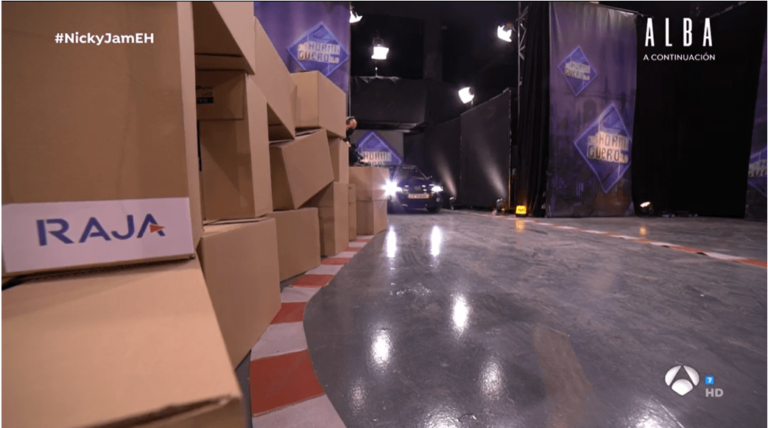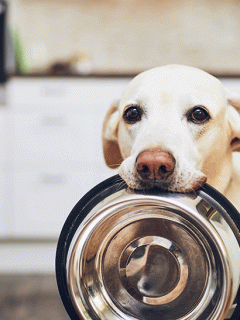When someone “closes the bag”, it means that he or she is bringing a project or activity to an end. Usually, the “bag is closed” when something has shown a desired result and one is satisfied with the success. We think that’s a pretty apt image. Because in pretty much every company, the last step before selling or shipping is to close the bag, close the gift bag, close the paper bag, close the box, close the bag or literally: close the bag. And we know all about it! An overview of the different means of closure and the different ways to close a bag, a pouch or a sack: Here in the blog!
Pressure seal, adhesive seal and co.
Conveniently, many of the bags you want to seal come with their closure: Many of the bags can be closed by pressure closure, by pressure-sensitive adhesive closure (made of PE and PP film, of PE foam, or metallised and temperature-compensating PET film in a variety of sizes), by sliding closure (practical also for air travel and available in around 20 variants) or by integrated closure cord. In the area of paper bags, especially gift bags, there are also practical variants with integrated closure, for example adhesive strips for closing the gift bag.
Closing bags without integrated closure
For all other bags that do not have a practical closure, a tool is needed to close the bag. There are several options for closing bags:
Closing with a rubber band
Let’s take the good old Rubber band. It is unbeatable for bundling individual items or for securing a rolled-up roll of paper: Easy to apply, easy to remove and ideally reusable. But for sealing bags? Not exactly the first choice: although wrapped several times, the rubber band does not always close reliably. With fine-grained or even liquid contents of the bag, something can definitely “miss”. Opening is also often accompanied by the proverbial knot in the fingers.
Close bag with cable ties
Much better: The Cable tie. It can be applied in a flash thanks to internally toothed plastic closure straps, pulled tight as desired and holds even small individual parts in place. Another advantage: Where the rubber band becomes brittle and wears out after a few days (direct sunlight, permanently high or permanently low temperatures), the cable tie holds out. It even withstands temperatures from -40 degrees Celsius to +85 degrees Celsius. But the big problem is that it can only be used once. To open it, it has to be destroyed, in which case the bag usually suffers as well.
Seal bag with tape
It sticks like crazy – and unfortunately often where it’s not necessarily supposed to: Adhesive tape. To seal bags, we therefore recommend the use of adhesive tape in conjunction with the Sealing machine. All bags up to 35µ can be sealed securely, quickly and easily. The sealing machine (it is perfect if you fix it to the table and no more slipping is possible) takes over most of the work steps (gluing and cutting) for you, so that you have your hands free – also free of adhesive tape. However: A diameter of 7mm is the end of the line here, the machine cannot cope with more.
Driller and binder
If larger bags are to be sealed, the following are suitable Binder made of plastic-coated steel. These are simply placed around the bag, the two round eyelets are hooked in with the drill and tightened without any effort. The twisting movement tightens the tie firmly and securely, the “bag is closed”.
Close bags flat without an integrated closure
You don’t always want to close your bags, some products also need to be “bagged” flat. Suitable for this are:
The stapling pliers
Very easy to use for flat sealing is the Stapling pliers. Using several staples lengthwise, the contents of the bag or paper pocket stay where they belong. The battery-operated carton stapler is also extremely convenient. The disadvantage: dust, other small parts and even moisture can penetrate the bag and damage the contents.
The welding tongs
Quite different the Welding pliers. Used correctly, the welding gun can easily seal smaller flat bags, even airtight and moisture-proof. More about welding and welding equipment can be found here in this blog post: /verpackungsnews/welches-schweissgeraet/
Closing a gift bag
When you want it to be beautiful: If you want to seal a gift bag, you can be a little more sophisticated. Coloured adhesive tapes (from the decoration section) or labels and stickers are suitable for closing the gift bag or paper bag securely and beautifully.















